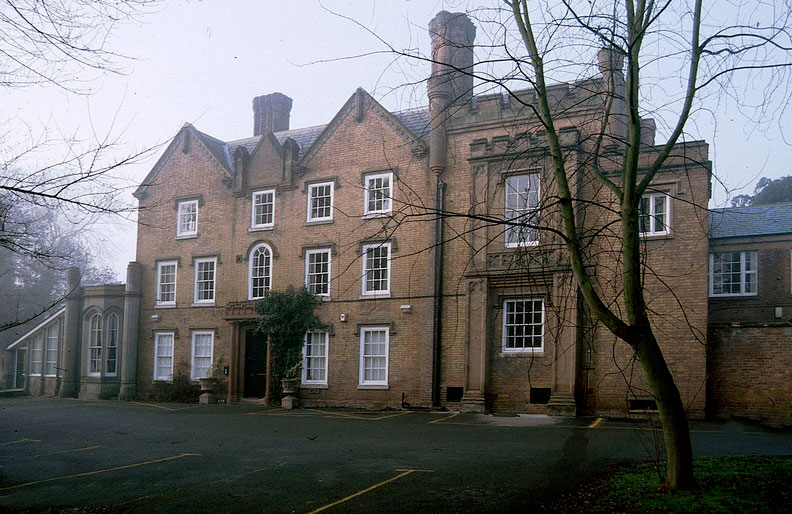 |
In 1832, when they opened to the public, Birmingham Botanical Gardens were still appealing for plants. In response, John Williams wrote a letter to the Curator on 20th August, one of a number of letters that have recently been donated to the Gardens.John Williams was a renowned horticulturalist who lived at Pitmaston House in Worcester. He had inherited the family distillery in Worcester and his income enabled him to build the house and move there with his wife and family in 1804. He then indulged his interests in meteorology and horticulture.
The garden and nearby land were converted into an ornamental nursery where he developed hybrid fruits. It has been said that the stamp of J. Williams …. is a mark of special quality." He distributed a variety of apples including the 'Pitmaston Pine Apple', and 'Pitmaston Nonpareil'. He was responsible for two of the most successful dessert varieties of pear: the'William' and the 'Pitmaston Duchess' He also introduced the 'Pitmaston Champagne Gooseberry' and a nectarine named 'Pitmaston Orange'.
The Civic Society unveiled a new blue plaque at Pitmaston House. The plaque was to celebrate the life of John Williams (1773 - 1853). John Williams was the oldest of eight children, inheriting the family distillery in Tybridge Street. He moved to Pitmaston House in 1804 and lived there for the rest of his life. His many interests included meteorology and he combined this with his passion for horticulture, by experimenting with the microclimate in his conservatory. He contributed papers to the Horticultural Society of London (now the RHS). His work led to the breeding of new varieties of cultivated plants including the Pitmaston pear and Pitmaston Russet Nonpareil apple. Jim Jenner, the present owner of Pitmaston House, sponsored the plaque. Elizabeth Banks, a former president of the RHS, unveiled the plaque.
Williams, who was the oldest of eight children, inherited the family distillery in Tybridge Street. He probably moved into Pitmaston House in 1804 and lived there for the rest of his life, dying at the age of 80 in 1853.John Williams was a bonfire of hostility to social change; described as "a full bloodied Tory of the 18th century school" he was violently opposed to any shift in the social order and was convinced the Reform Bill of 1832, which allowed many more people to vote, would lead to a reign of terror similar to that in Paris in 1793 when thousands died.
To prepare for the onslaught, he set workmen to build a high grey stone wall frontage to the striking property he had built in Malvern Road, St John's in the early 1800s called Pitmaston House. The aim was to keep the newly enfranchised hoi-polloi at bay and while this imposing barrier might appear a touch extreme today, Williams was not alone in his concerns.All over Worcester there were others who feared a French Revolution-style uprising and had heavy shutters and similar defences fitted to their homes, behind which they lay in a state of anxious preparation for the radical mobs that never came. However, Williams' wall did have one bright side. The impressive edifice proved a lively topic of conversation between coachmen on the Worcester to Malvern run and their box-seat passengers: "Over there you will see a wall built by a man who doesn't think you should be allowed to vote!"
©peh

